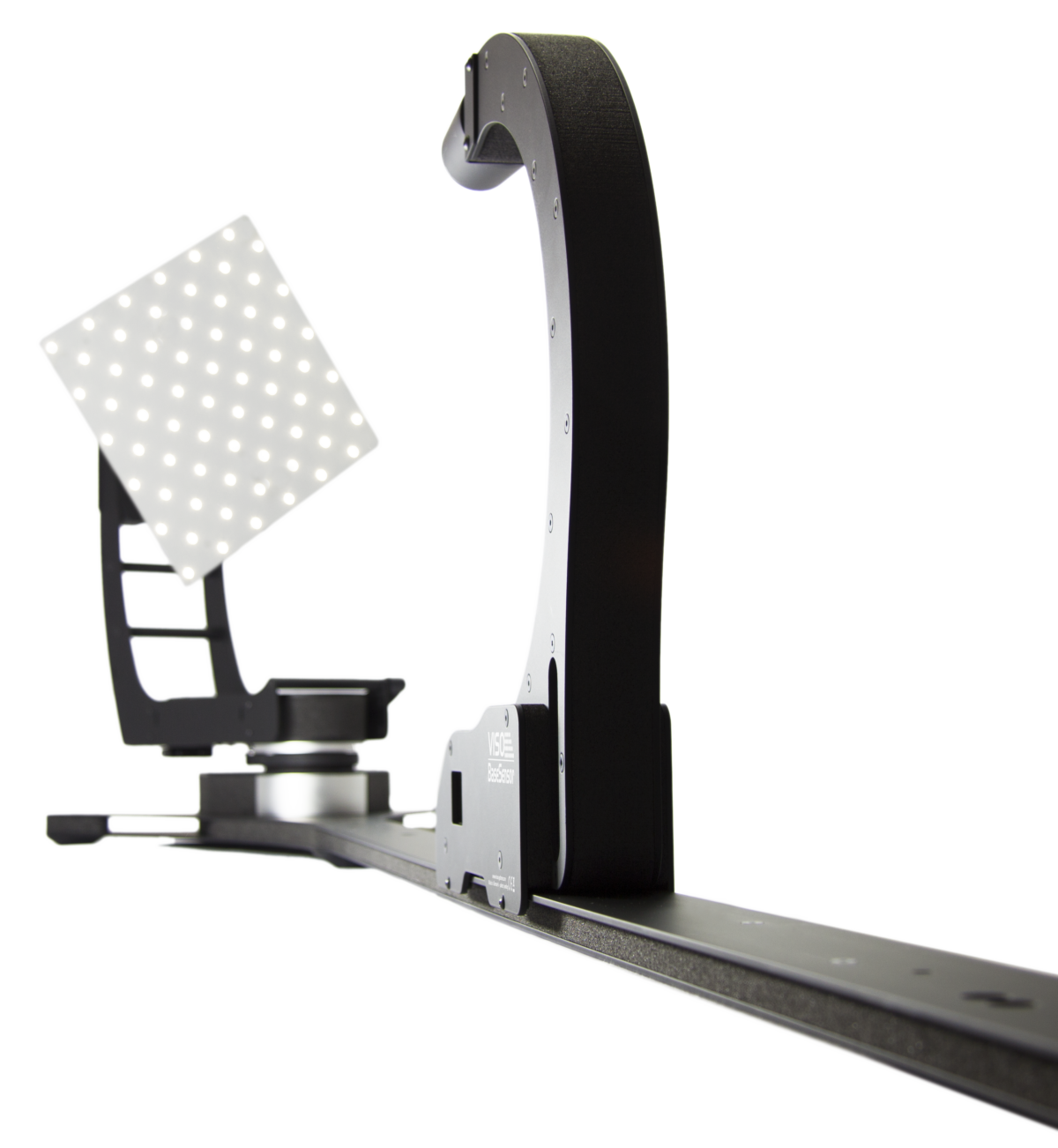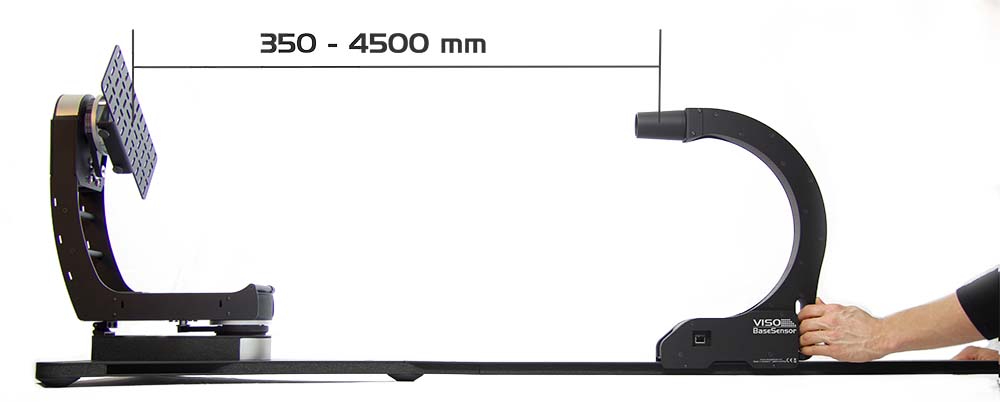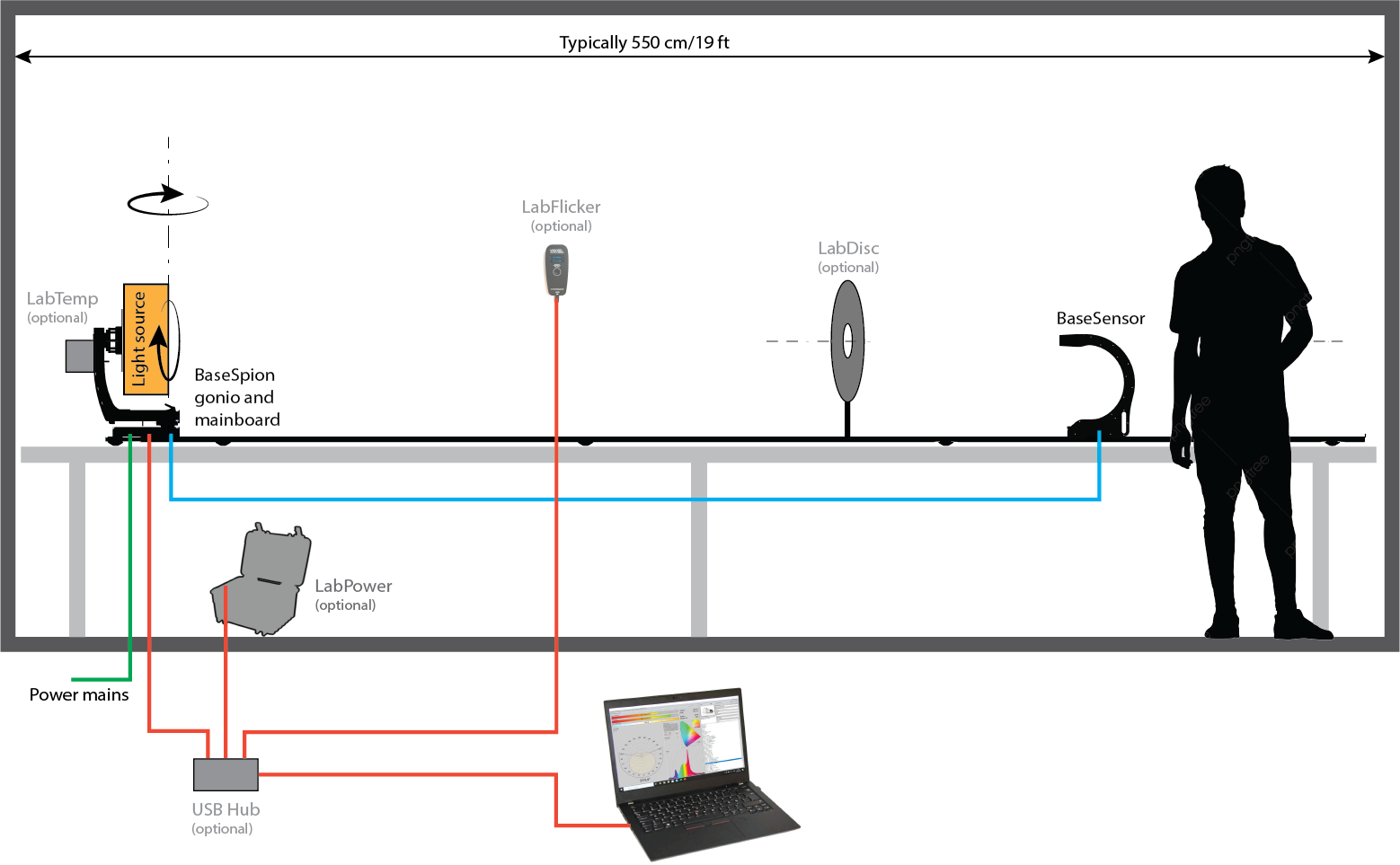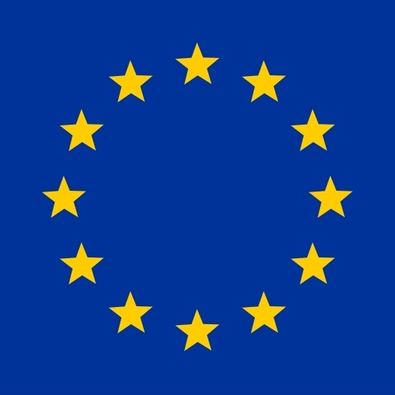
The bench-top BaseSpion® light measurement system is a great tool for any photometric laboratory. It allows you to measure all medium-sized lighting products.
The 2-axis goniometer allows the system to measure the full 3D distribution field of any lamp or fixture and to provide your clients with comprehensive LDT and IES simulation files.
The BaseSpion light measurement system is the perfect solution for any medium-size laboratory that needs advanced light measurements in a compact system. It is ideal for measuring LED chips, modules, panels, downlights, bulbs and spots.
The design of the system makes it very flexible to work with in any lighting lab. The power analyzer and the goniometer drivers are all built in. Simply connect via USB to any PC and obtain results in 30 seconds. The BaseSpion is easily connected to your computer via a USB port. The Viso Light Inspector software is available for download from this website. The user interface displays the measured data in a clear and simple way, while allowing for more detailed investigation of the data obtained.
Installing the light measurement equipment
The light source is easily mounted on the goniometer and the lamp rotates quickly and quietly. The BaseSpion handles light sources up to 9 kg (20 lbs) and 54 cm (21.3”) in diameter.
Installation is also very simple. Place and level the base of the BaseSpion on a stable surface, preferably in a dark room. Attach the goniometer arm and spectrometer sensor to the base and the system is fully operational within 20 minutes. To obtain accurate results it is necessary to eliminate possible reflections from the experimental environment, so it is recommended to place a black background behind the system.
The distance between the light source and the sensor is automatically detected.

The BaseSpion light measurement equipment is then ready for measurement. Install the Viso Light Inspector Software, connect your laptop to the base via the USB-port and start measuring. The process is fully automatic with the option of manual operation. Data acquisition from a single C-plane takes approximately 20 seconds.
The measurement data is then automatically saved to a designated folder as fixture files. They are typically exported in PDF, PNG, IES, LDT and CSV formats for further presentation in reports. Viso Systems provides customers with comprehensive support and troubleshooting, and our distributors and engineers are ready to assist on-site, via email, or by phone.
Advantages
Get IES files and get LDT files the easy way
Measures light sources up to 9 kg (20 lbs)/ Ø56 cm (21.3”)
Fits into relatively small laboratories
All color and lumen data – no integrating sphere needed
An advanced system which is very easy to operate
Output as customizable reports or raw data
Can be upgraded to include ultraviolet light: BaseSpion UV-VIS
Main applications
Downloads
Get more information
BaseSpion Specifications
Measurement method
Far field, type C horizontal
(+ Far field, type B)
Standard spectrometer range
Standard 360 – 830 nm
(other ranges available)
Sensor distance range
35 cm to 450 cm
(13.8’’ – 14.8’)
Sensor distance setup
Manual placement
Automatic detection
Light source diameter range
0 – 540 mm @ 2-axis
(0 – 21.3” @ 2-axis)
Light source maximum weight
9 kg
(20 lbs)
Power supply input
90 to 260 VAC, 50/60 Hz
Lumen, Peak candela, CCT, Spectrum, CRI, TM30, CQS, Beam angle, 3D Light distribution, Power specs, lm/W, etc.
Popular additions
Add great tools to your light measurement equipment, capture more data and ease your work
The LabFlicker instrument records all contemporary flicker metrics including SVM and PstLM and connects to all Viso systems
Add a Cali-T50 lamp to make your own system calibrations
Upgrade your existing sensor to provide a broader measurement range (eg. UV) or a wider sensitivity ranges
A typical BaseSpion setup
The setup will look more or less like this – but let’s discuss the best solution.


